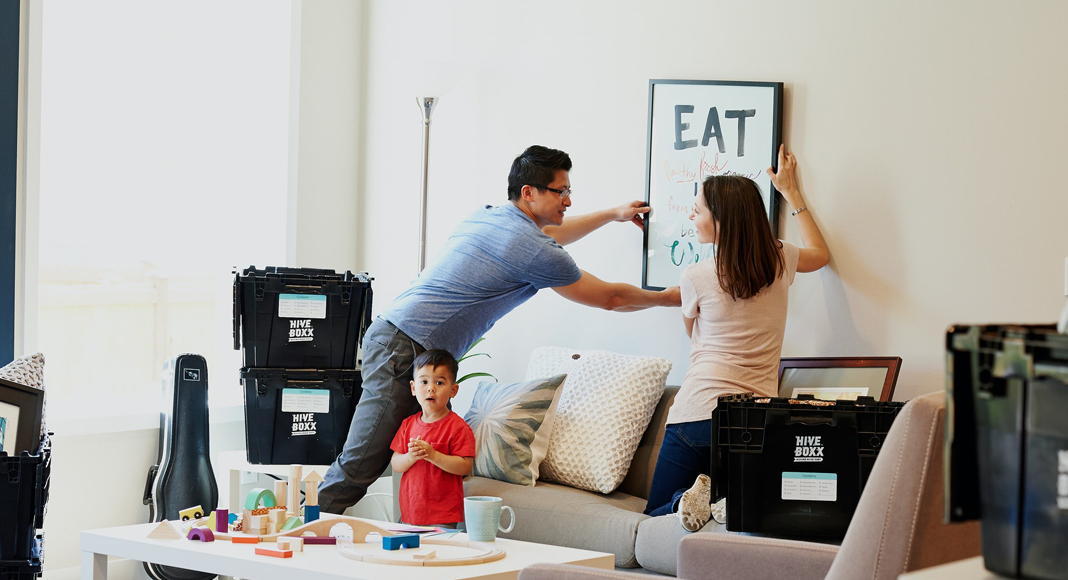Multigenerational households are on the rise.
When I was growing up, it was normal for me to visit my friends and see not only their siblings and parents, but also their grandparents, aunts, and uncles living in their home. For me, it was an everyday occurrence before I’d return to my nuclear family of 4 and our spacious home. This was never something that I thought I would experience in my living situation, especially as the families I saw living with multiple generations were of Hispanic or Asian descent… and I was extremely white.
This entire mentality changed shortly after I had given birth to my oldest daughter. We were looking at moving from Moscow, Idaho to Idaho Falls to be closer to my husband’s family and, while planning, realized that living with his parents would be the best solution while house hunting. I was nervous, of course; it wasn’t just his parents who we would be moving in with, but 4 of my youngest in-laws as well.
At this point, there are 10 of us in this house. We make it work; dinner chores are split amongst us, as is the grocery bill, and cleaning the house is a family endeavor. After 3 years of living in this style, I’ve picked up a handful of tips for anyone in the same situation or who is thinking of moving in with family for whatever reason.
Set boundaries before you enter the home
One of the hardest transitions I’ve experienced is living with parents. As a mom, I know how much I want to raise my children in my traditions, give them good manners, and maintain a healthy balance in the relationship… but so does my mother-in-law in having her son home.
There isn’t anything wrong with her continuing to parent him, but there are boundaries that need to be set. He’s an adult, after all, and has his children to raise. This means that parenting styles need to change, and boundaries need to be set to ensure that the hierarchy of parenting isn’t overwhelming a grown child.
One of the boundaries I highly recommend is ensuring that the eldest generation (often parents) understands that the adult children may come and go through the week.
A great example of this is when my husband, kids, and I had evening events Thursday-Saturday. When it first started, it was a transition as people expected us to join for family dinners: a quick conversation helped to remove the expectation that we would be there for every meal as we had other commitments.
Other boundaries that we’ve put in place involve our children. My husband and I are the parents and, due to this, we placed a strict boundary in discipline and parenting. If our children get into trouble, my in-laws either get us to discipline the kids or, if we’re not able to be found, use the model that we’ve demonstrated. We’re the ones who decide bedtime, whether or not the children may be excused from the table, and if they’ve eaten ‘enough’ on their plate, not the people around us.
Have your own space
Multigenerational homes have the difficulty of shared living spaces and, depending on who you’re living with, certain expectations regarding those spaces. In our home, the living room is a space that is meant to be picked up… something that causes arguments when there are 2 small humans who like to spread their toys out. If you’re at all able to do it, have a space that belongs to you and your family. This reduces a lot of potential arguments due to shared spaces and will save on headaches in the long run.
I don’t care if you have a linen closet, the bathroom you use, the full floor of a house, or just a bedroom; having your own space is astronomical in living in a multi-generational home. In our home, our bedroom is my space and it is the one place that I have full control over what goes on. It can be messy, there can be toys lying around, and I am the individual who decides when and if things need to change.
Have a family calendar
As I mentioned above, dinners were difficult until we expressed that we had other things to do that moved us from constant family interaction. Having a calendar greatly reduced this as we could visually tell people that we would be out and thus avoid the ‘where are you’ texts.
In our home, since we moved in with two minors that weren’t my own, this also helped ensure that the youngest in-laws had a way to get home from school or their events as rides were able to be coordinated.
Multigenerational living has been a life-changing experience.
We’re fortunate enough to have a good relationship within the home, but it can be difficult for other families. Maintaining boundaries, having our own space, and knowing who might need our help at any point helped us transition far more easily than we could have otherwise. It most certainly isn’t smooth sailing, but it’s a safe home where skills are being taught throughout the age gaps and, quite frankly, I enjoy it.












